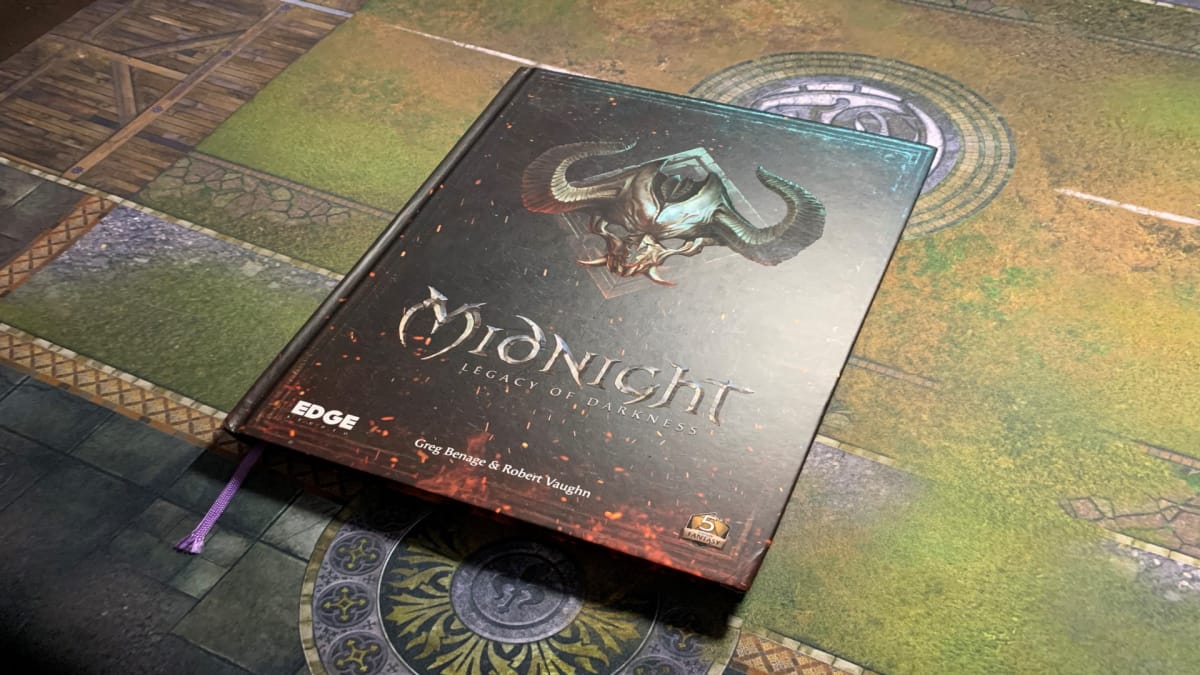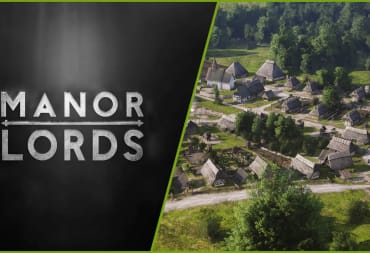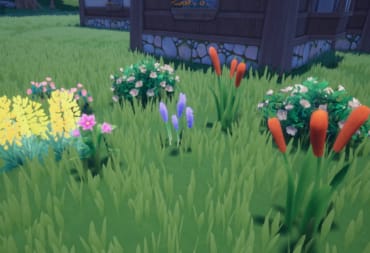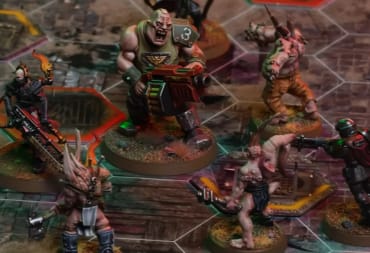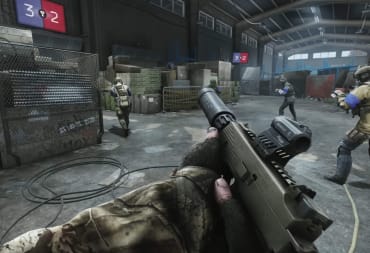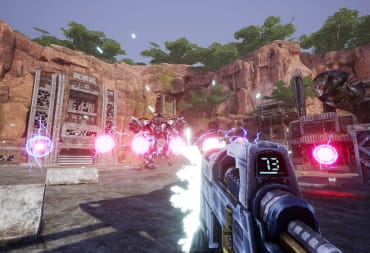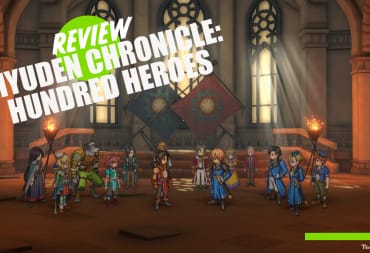Midnight: Legacy of Darkness marks the return of the dark fantasy setting of Eredane to Dungeons and Dragons 5e. It was originally introduced by Fantasy Flight Games for Dungeons and Dragons Third Edition and designed by Greg Benage and Robert Vauhn under the ominous tagline of, “what if evil had won?” The transition to the newest edition of the world's most popular TTRPG has lead to some interesting new ideas as well as some revisions to the world's lore. Overall, it's a book packed with interesting worldbuilding as well as some unique changes to character creation, and if you can look past some uneven elements it can lead to a grittier fantasy adventure at your table.
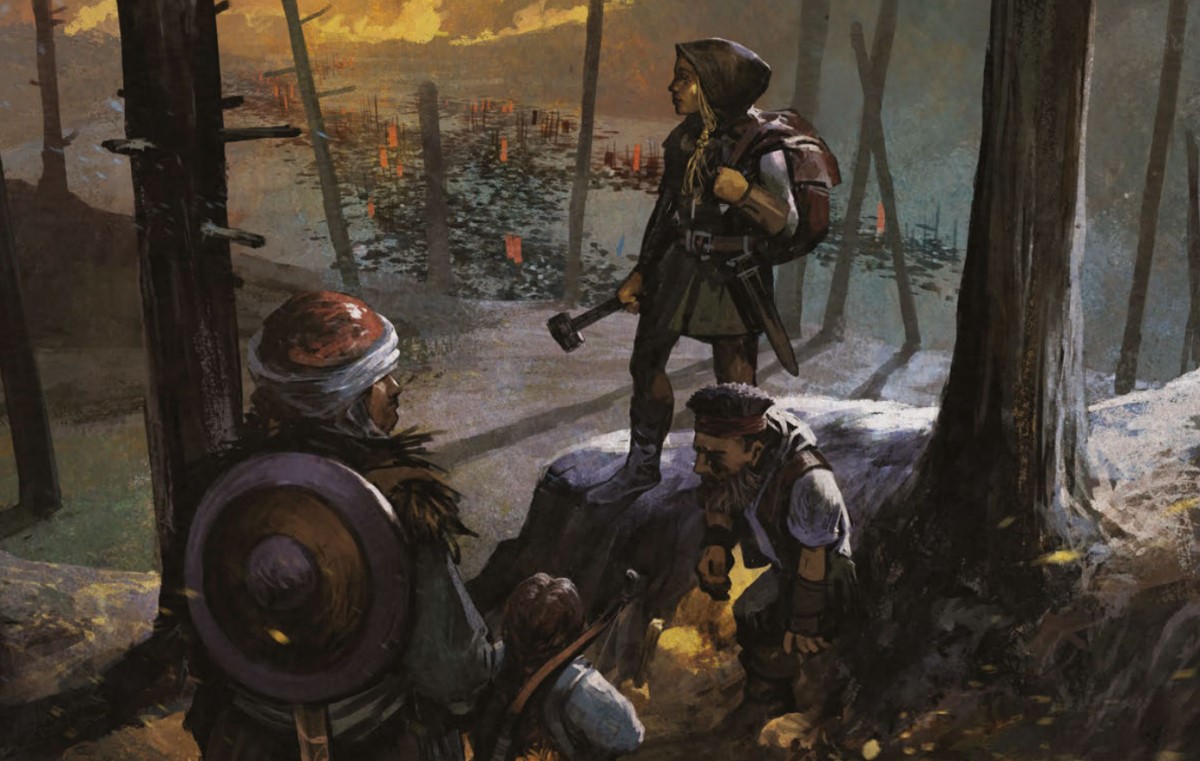
How Does Midnight: Legacy of Darkness Change D&D 5e?
In order to run Midnight: Legacy of Darkness, you will need a copy of the rulebook as well as a copy of the Player's Handbook from D&D 5e. Midnight: Legacy of Darkness is packed with monster statblocks, new rules and mechanics, as well as extensive history and lore about the world of Eredane and how its various peoples fell to the Dark Lord Izrador, leading to a dystopian nightmare where his minions rule.
Overall, this sourcebook does a great job of illustrating just how against the grain your adventuring party is during their journeys here. There is a persistent surveillance state that outlaws reading, the practice of magic, and even the ownership of weapons. Due to worldbuilding details and rules, the Cleric, Warlock, and Monk player classes are unplayable, and an entire list of magic spells are completely banned. Even the very act of making a magical item is a terrifying and risky endeavor.
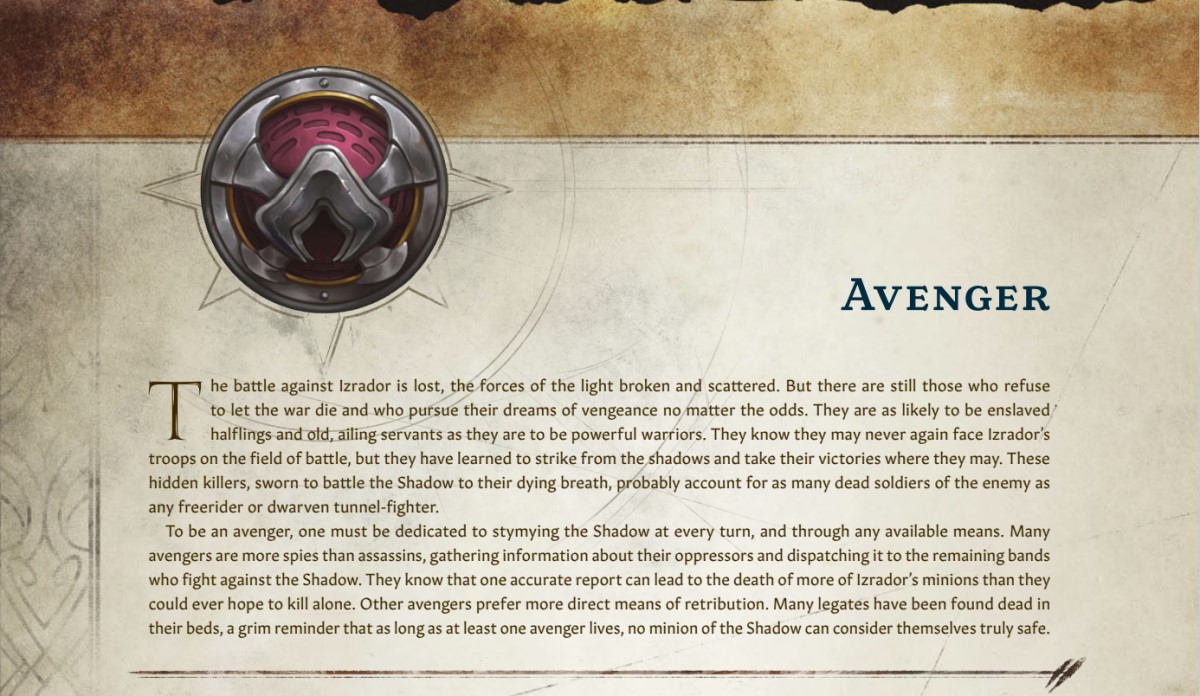
Arguably the biggest change Midnight: Legacy of Darkness makes from its 3e iteration to 5e is how it handles character classes. Originally, there were dedicated classes like Channeler or Guardian in order to greatly differentiate this world from the rest of Dungeons and Dragons. Now, those classes have been reintroduced as the Heroic Path system. In short, a Heroic Path is a handful of feats that you can take one after the other once you've hit certain prerequisites; usually hitting levels 4, 8, 12, and 16 respectively. Every single playable race gets one Heroic Path feat at first level and are meant to bolster and enhance different character classes rather than replace them.
It's a compromise that works really well. It lead to certain character builds and playstyles I wouldn't normally see in Dungeons and Dragons. Each of the Heroic Paths are well-thought out. Ironborn starts with you having a lowered DC on death saves and escalates to where you can ignore the effects of exhaustion as well as burn hit dice for quick healing. Channeler gives you bonus cantrips as well as additional spell slots. Preserver lets you make increasingly better healing items as well as grant temporary health to your allies, something that is greatly appreciated in a world where the healing power of a Cleric is used by the enemy. If you miss the old days of powerful Feats adding complexity, then Midnight: Legacy of Darkness might scratch that itch.
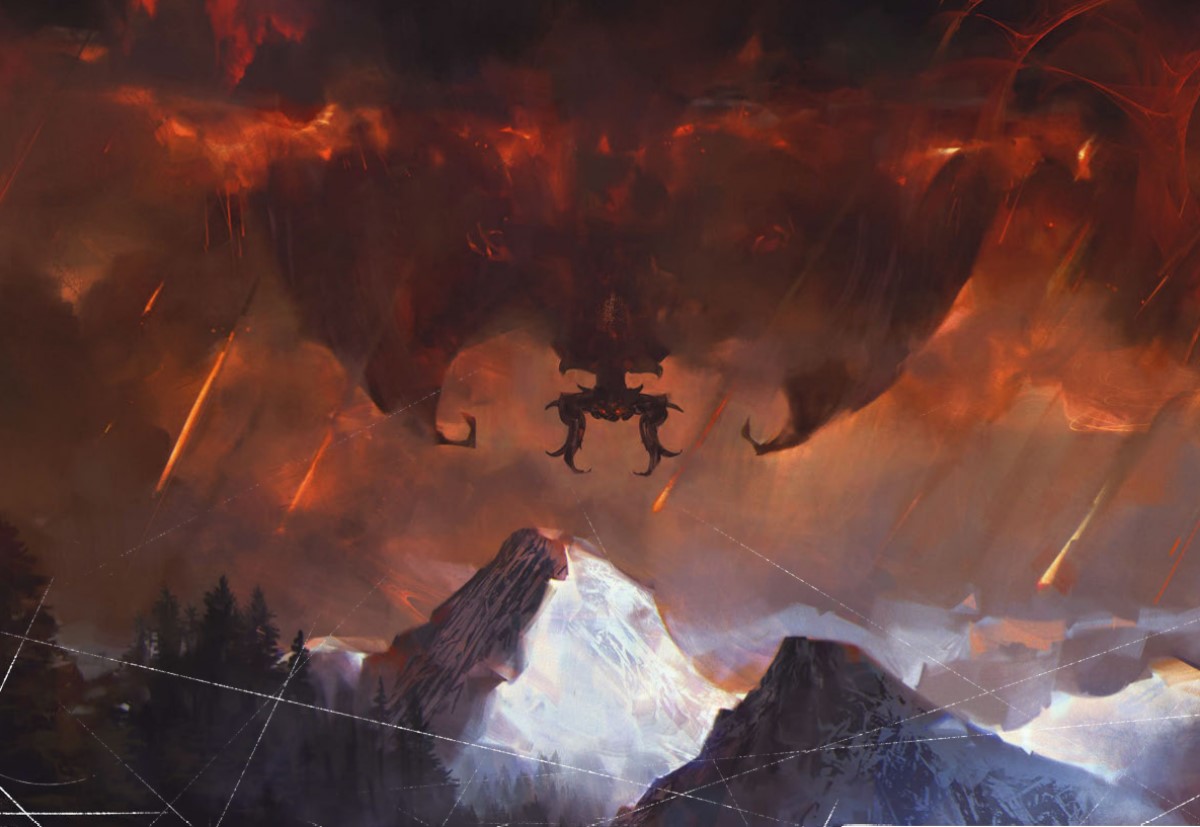
How Does Midnight: Legacy of Darkness Feel To Run?
While making a character for Midnight: Legacy of Darkness provides some novel twists, actually running a longform campaign can be daunting. A little over 100 of the book's 367 pages are dedicated to character creation, including the Heroic Path as well as new Feats. Over 200 is relegated to the lore and history of Eredane. About 20 pages are rules for Game Masters.
This focus is uneven. On the one hand, reading the book cover to cover will give you extensive knowledge about the world, how its various cultures and peoples were subjugated as well as ongoing geopolitics, pockets of resistance fighting the good fight, and even the state of magic and the Dark Lord's ongoing war machine. It also helps set a foundation for the various changes to the lore that makes the world of Eredane have a sense of lived history, which is refreshing given modern Dungeons and Dragons' move towards setting-agnostic lore.
But once you peel back the layers of flavor, there's not a lot of new material in terms of unique items or mechanics. There are spots where the book highlights unique weapons, repurposed from workman's tools or traveler's garb, but then states that it uses a familiar statblock from the Player Handbook. A lot of the new feats highlight the importance of scavenging and survival, but there are no revised rules or mechanics for long or short rests. The only real notable changes include creatures that can smell and track people who have cast magic, extensive rules for Dark Mirrors – artifacts that slowly counter and drain spell slots from all nearby magic-users not aligned with the bad guys, and how to use the raw energy of a Power Nexus to create magic items. While the base version of 5e's rules are serviceable for these elements, it still feels like a missed opportunity.
As for story hooks, Midnight: Legacy of Darkness falls into an all-too familiar trap. The book is completely packed with lore and worldbuilding regarding notable characters, the rise and fall of kingdoms, the different races of humanity and their longstanding prejudices against one another, as well as several notable elements of the different towns, villages, and cities to be found. The book even gives broad advice about the oppressive tone and atmosphere of the setting, including the importance of various sensitivity tools like Session 0 as well as Lines and Veils. But when it comes to giving a potential GM an idea as to where their characters should start, it is very mum on specifics. For my campaign, I ended up defaulting to the party breaking out of a prison camp just for the sake of expedience, threading a story of survival as the authorities chased them down. Admittedly, this is a sourcebook and not a pre-written adventure, but a few plot hook tables would not have gone amiss.
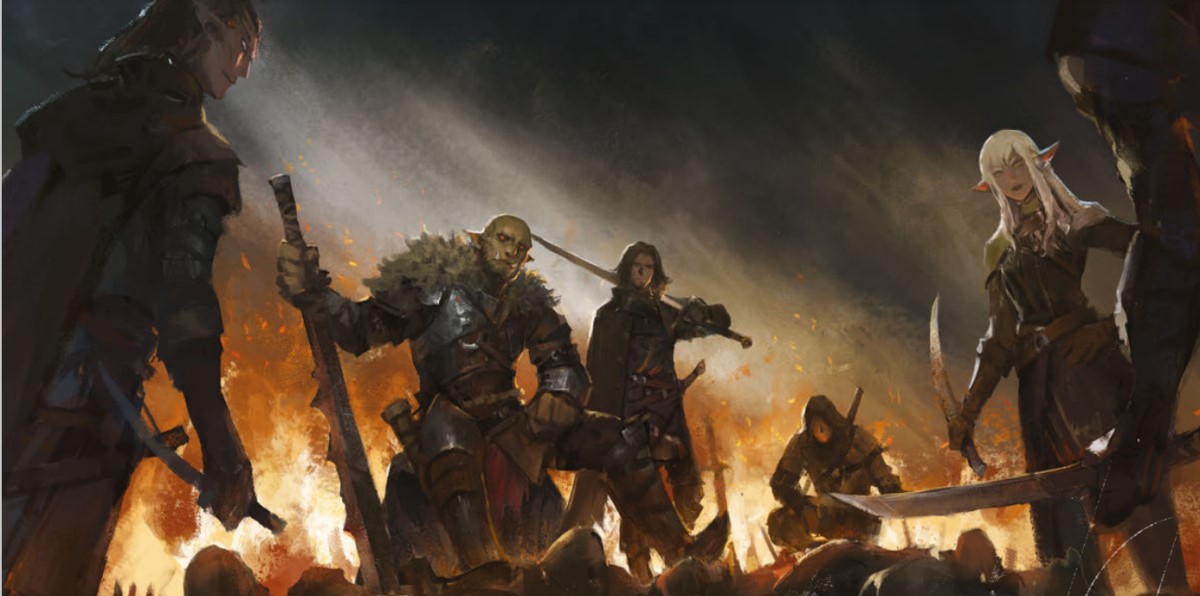
Should I Buy Midnight: Legacy of Darkness?
If you wish to play a character in Midnight: Legacy of Darkness, there is a lot to enjoy. The reduced number of playable races and classes are offset by the novelty of the Heroic Path system and there is plenty of potential for a grittier take on D&D. However, if you are planning on running a campaign, be prepared to put in the leg work when it comes to a story and more involved rules for your table. Thankfully, you have plenty of lore and enemy statblocks to draw from.
The physical and digital copies of Midnight: Legacy of Darkness used in this review were provided by the publisher.
Review Summary
Have a tip, or want to point out something we missed? Leave a Comment or e-mail us at tips@techraptor.net
